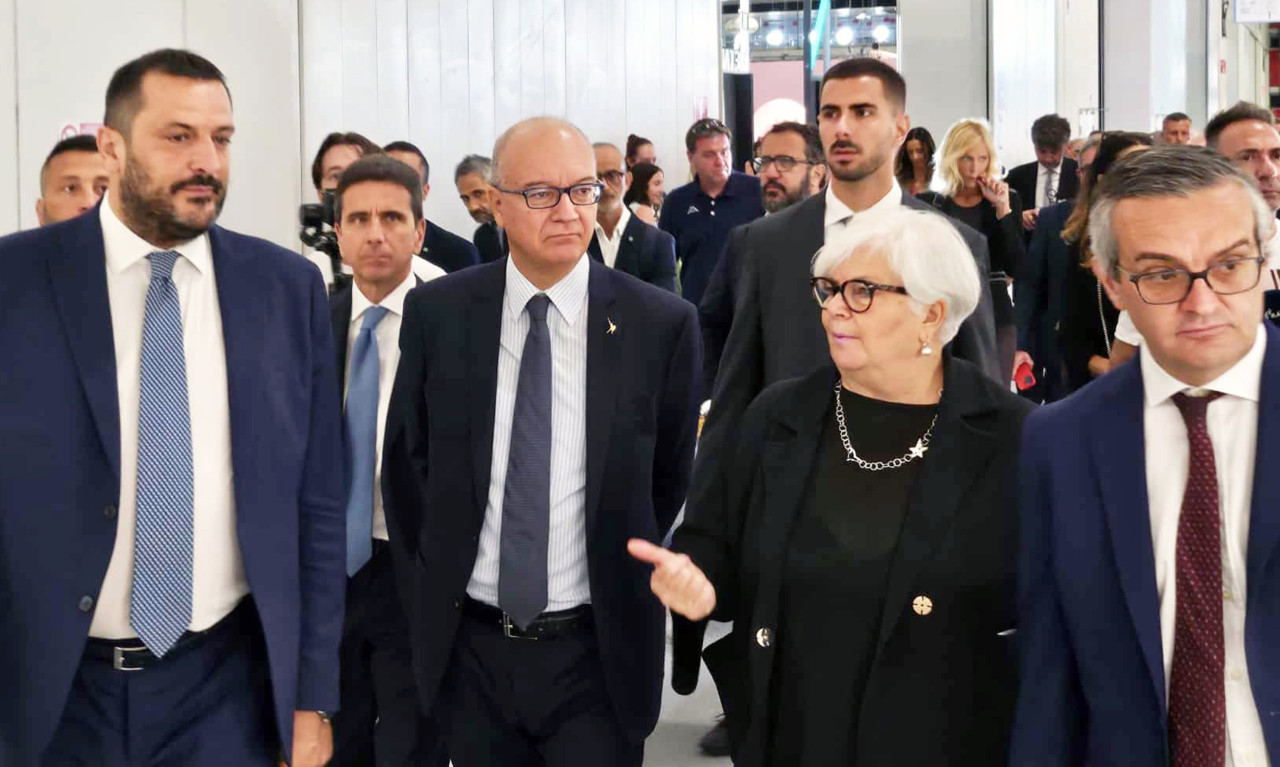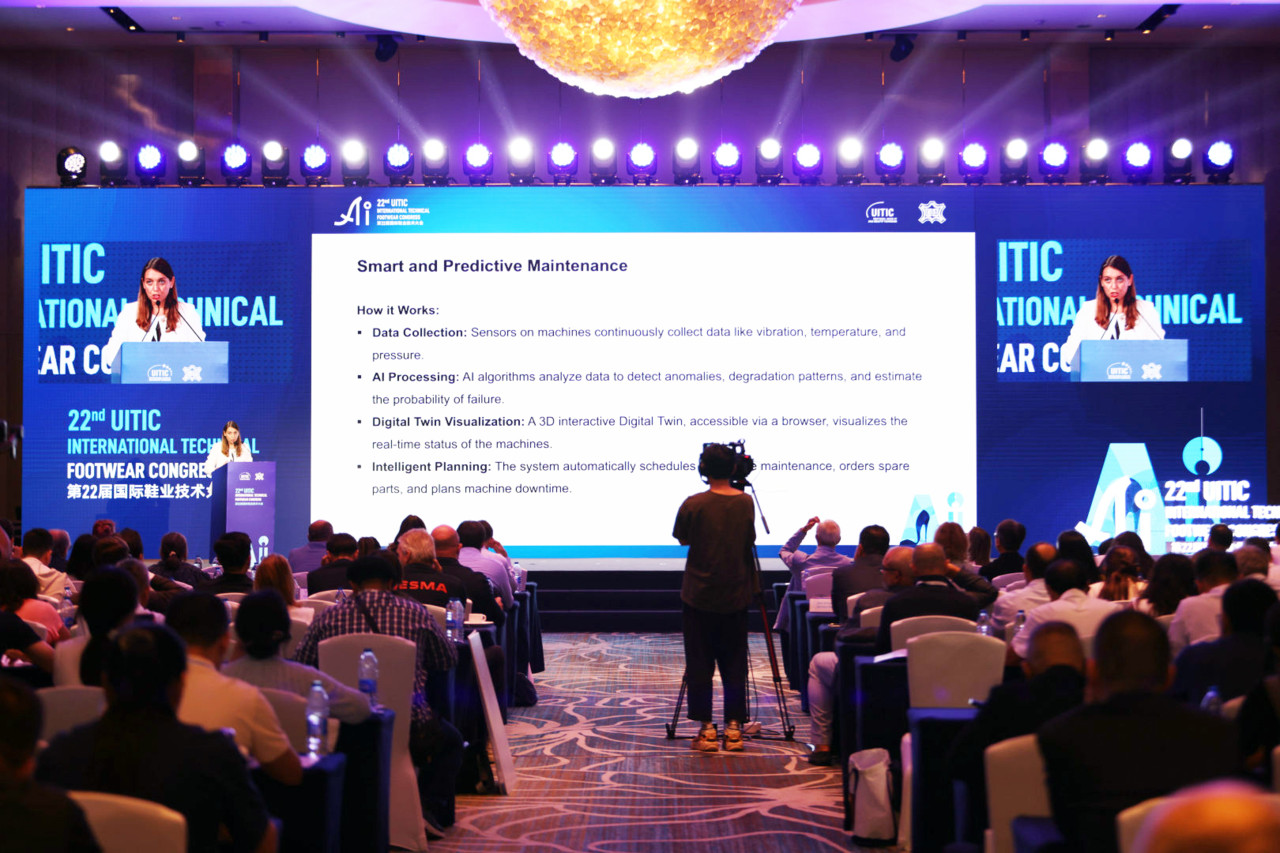
Geoff Holmes appointed new IULTCS President for 2026–2027
The Director of the New Zealand Leather and Shoe Research Association has been appointed to head the international association of leather chemists (LASRA)
Keep reading...
September 2025

During his visit to the 100th edition of MICAM, the Minister of Education and Merit, Giuseppe Valditara, reiterated the importance of strengthening the link between schools and businesses in order to create a labour supply chain that maintains the high standards of excellence associated with Italian manufacturing.
The Minister of Education and Merit, Giuseppe Valditara, visited Micam in Milan today, the international footwear exhibition now in its 100th edition, to reiterate the urgent need to invest in training young people and promoting technical and professional courses. Faced with the creations of 870 brands – 401 of which are Italian – the minister emphasised the importance of combining beauty, creativity and traditional craftsmanship as the pillars of Made in Italy, recalling the legacy of icons such as Giorgio Armani.
Valditara announced the launch of a guidance campaign aimed at students and families to promote the advantages of technical and vocational courses and ITS (Technical Higher Education Institutes), defined as a concrete gateway to the world of work. The minister pointed out that 1.5 billion euros have already been invested in ITS, and that there has been a significant increase in enrolment. He also reiterated that the Italian education system, thanks to the ‘4+2’ model, is considered innovative at an international level.
The ‘4+2’ model — four years of technical or vocational diploma, followed by two years at ITS Academies — has now become structural thanks to the recent school decree, which made it compulsory and formalised its orientation towards school and work training, a new term that replaces the previous acronym PCTO. According to Valditara, this approach strengthens the link between school, business and innovation, so much so that several countries are already considering importing it into their education systems.
In summary, at Micam in Milan, the minister relaunched the integration between education and business, innovation, support for professional training courses and the international projection of the Italian training model, confirming his conviction that the training of young people is the real engine that can sustain and renew the Made in Italy brand.

The Director of the New Zealand Leather and Shoe Research Association has been appointed to head the international association of leather chemists (LASRA)
Keep reading...
At the 22nd UITIC (International Union of Shoe Industry Technicians) Congress in Shanghai, Assomac presented its new modular and interoperable digital ecosystem.
Keep reading...
With €46 million in imports and an Italian share of over 42%, the African market for leather and footwear technology continues to be a strategic growth area. To further strengthen it, Assomac and Simac Tanning Tech are building commercial and industrial bridges from Senegal to Ethiopia.
Keep reading...You must login to read this free content
This content requires a subscription to view. Are you already a subscriber? Sign in